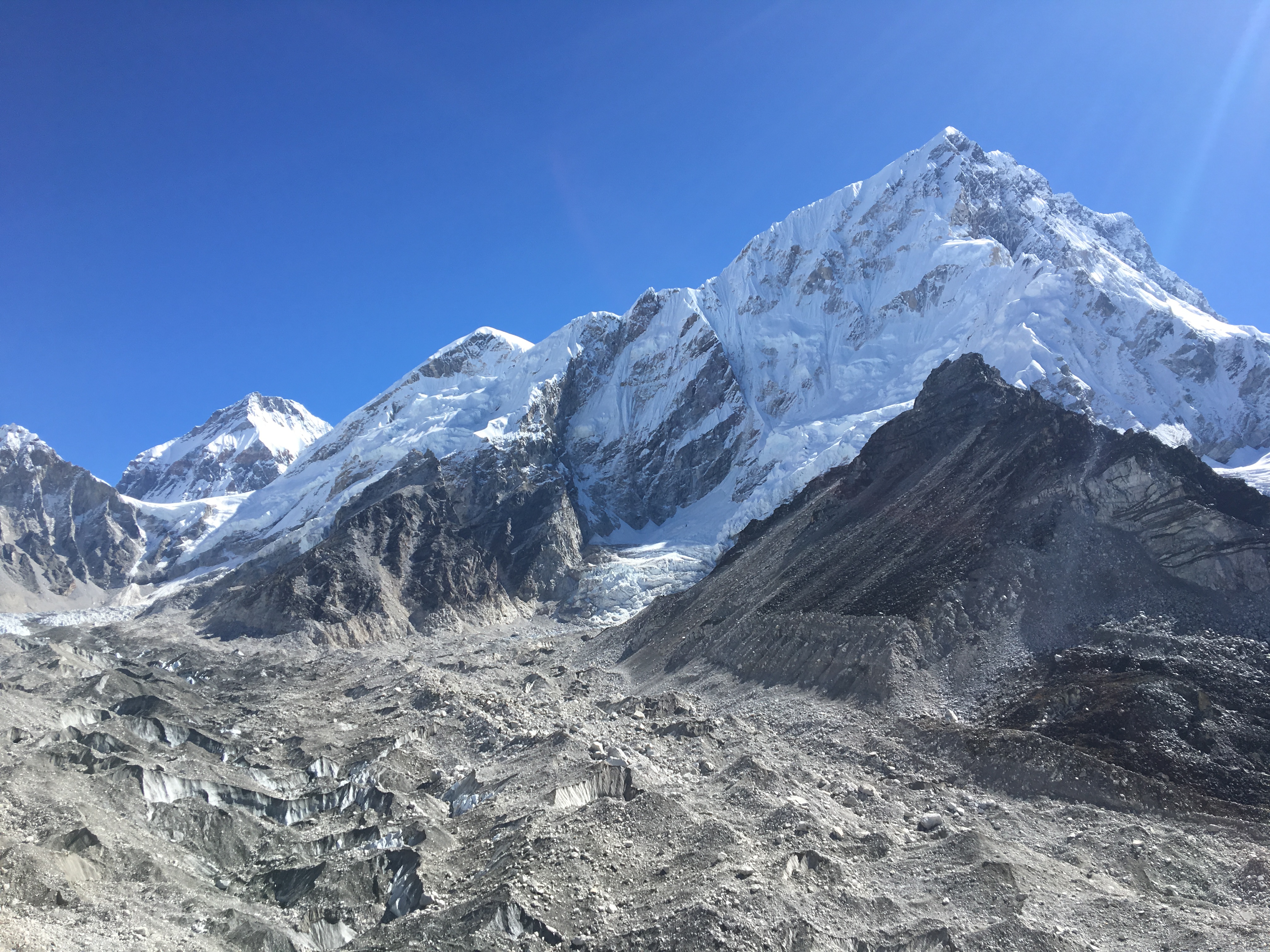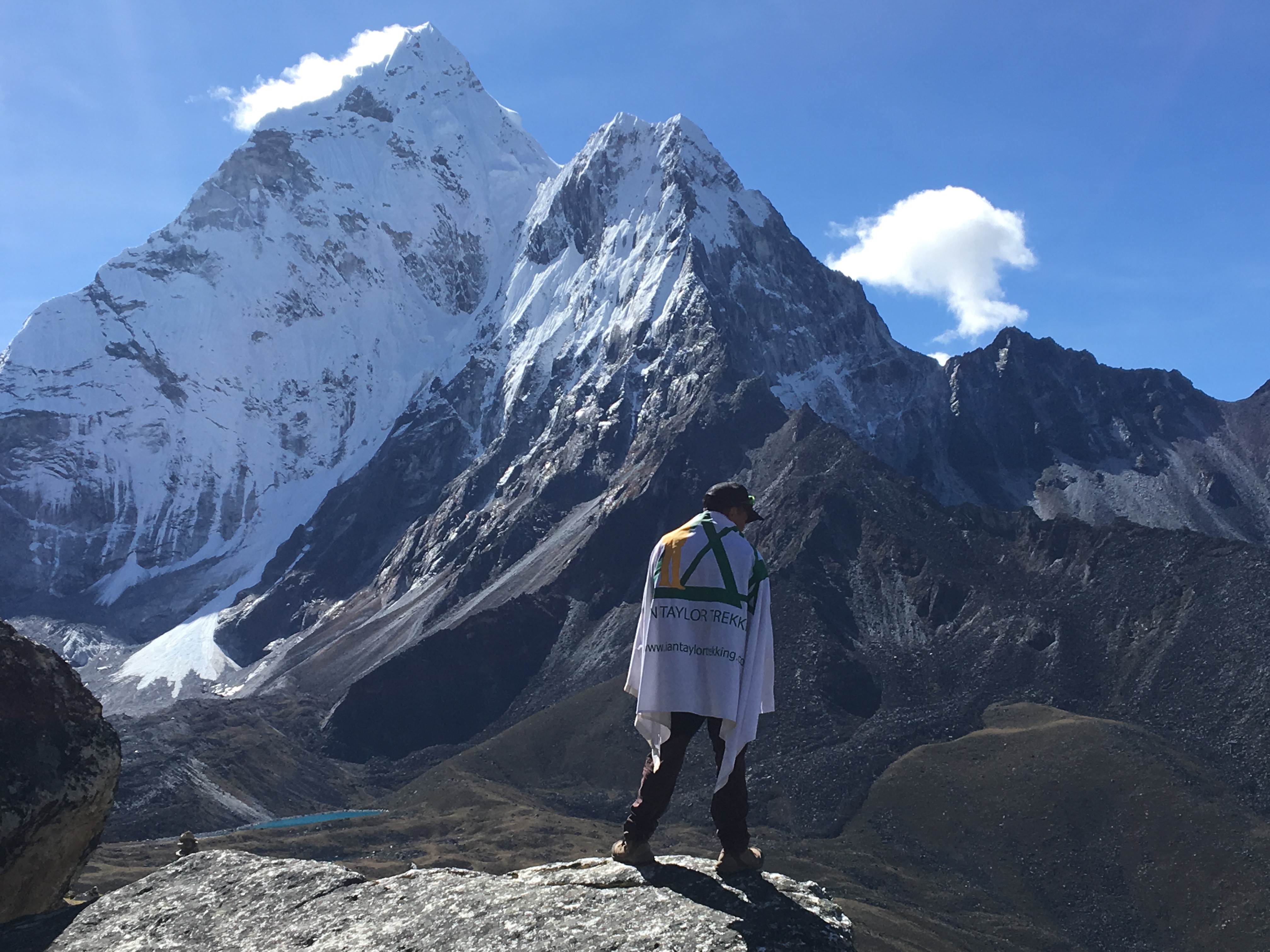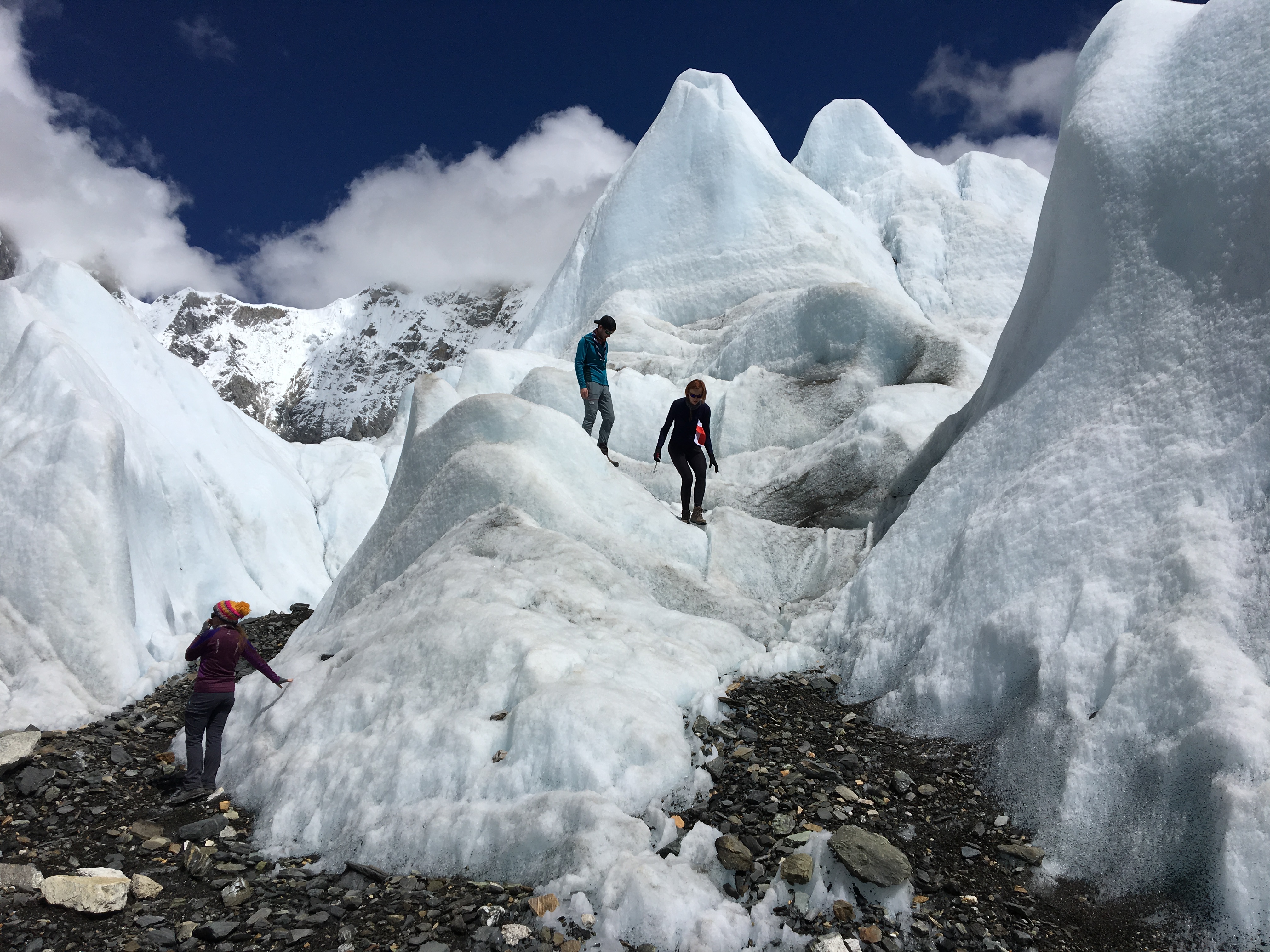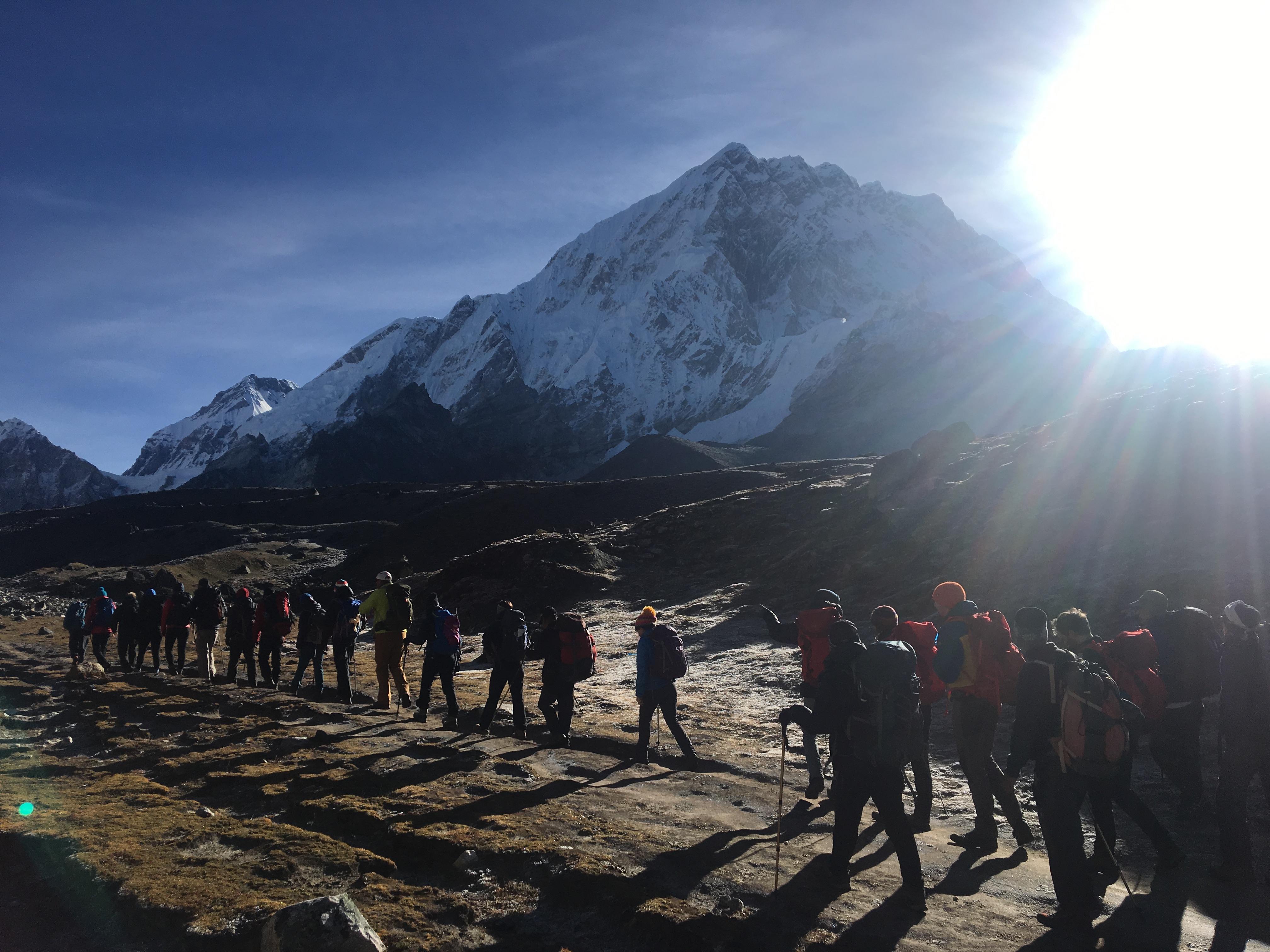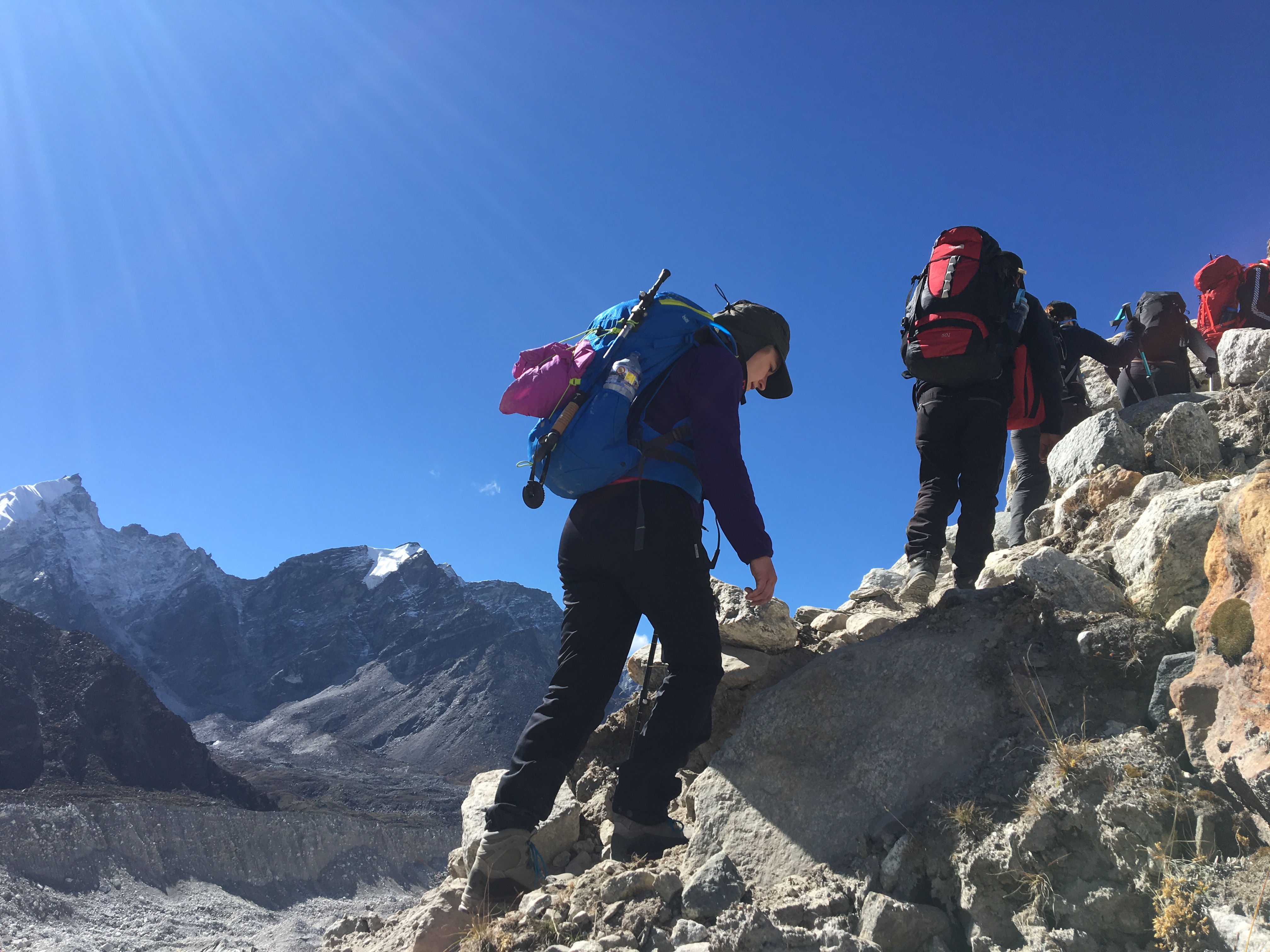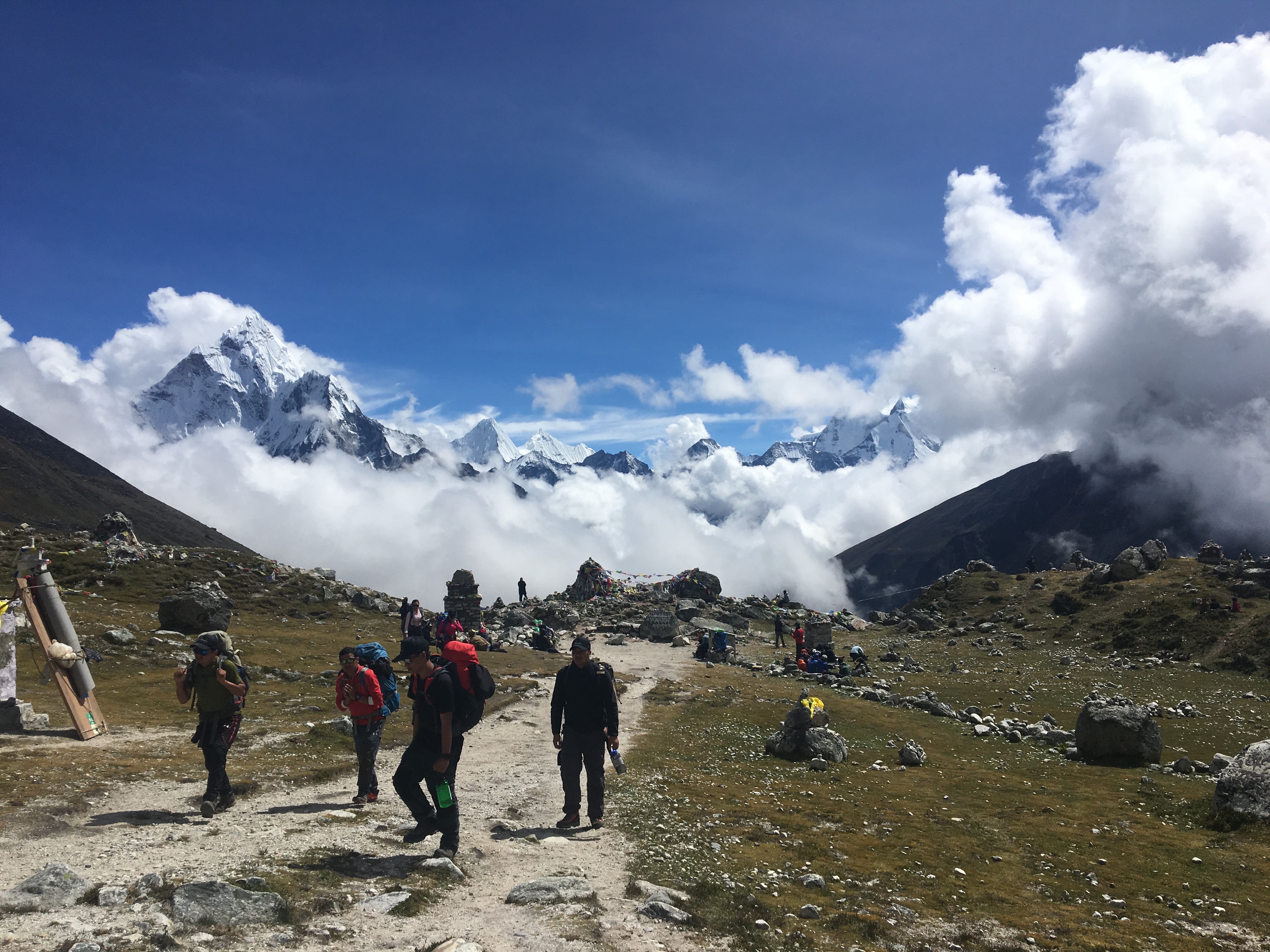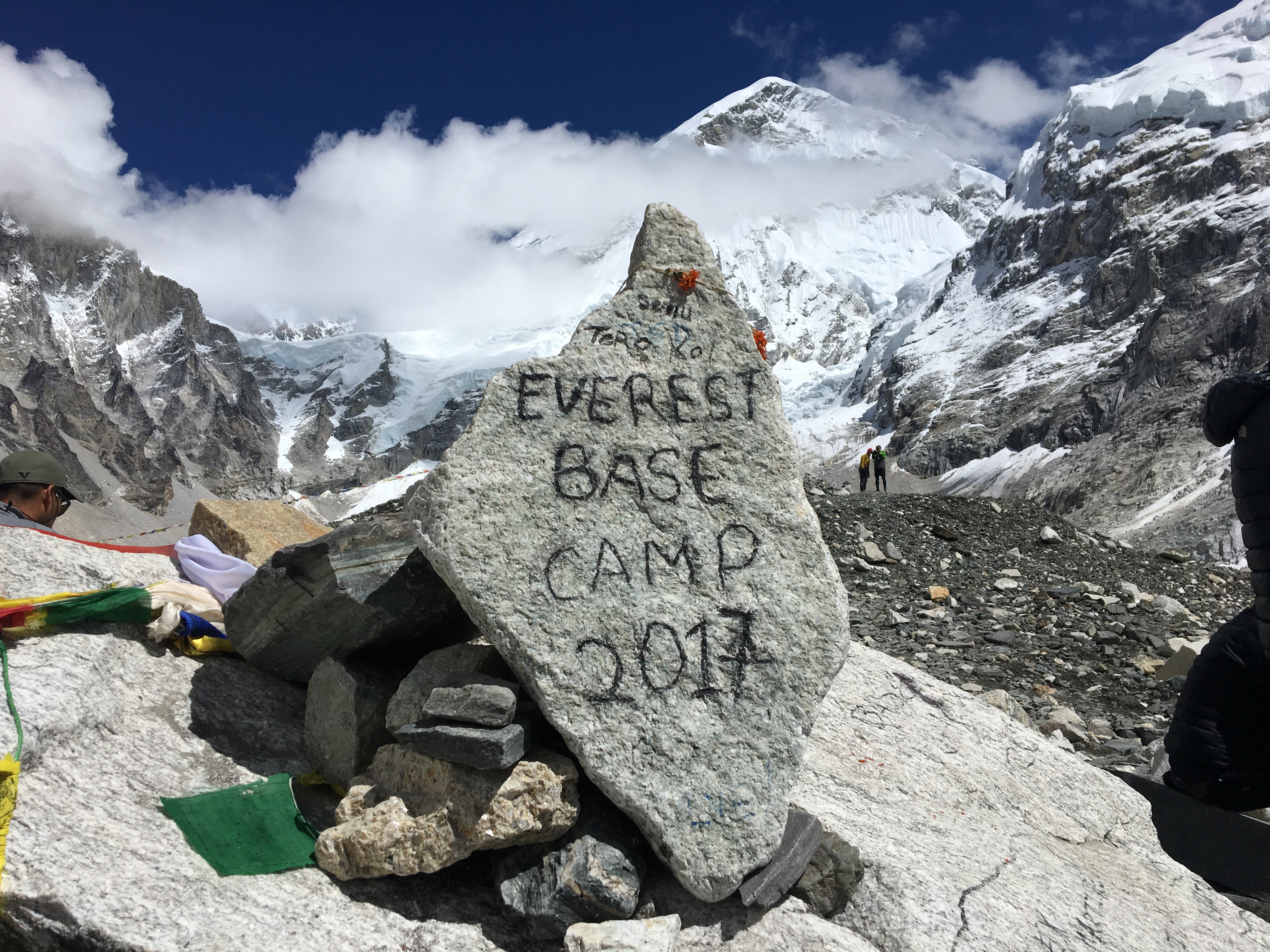Over the past ten years, I have climbed Everest to the summit and lead 30+ Everest Base Camp treks. During that time, I have noticed quite a few changes over the years that are of concern on the trail to Everest. Going to Everest Base Camp is a trekking trip, without any technical skills needed, however, there are risks along the trail that you need to be aware of and prepare for. The following are my list of the main things you need to be prepare for on the journey. Why not CLICK HERE, and check out our Top 10 Tips in preparation for your Everest Base Camp adventure.
Have the Right Acclimatization Process
Our trips to Everest Base Camp have three nights of acclimatization in Namche Bazaar, which is at the critical acclimatization point on the trail. All research on high altitude says that if you acclimatize well at the critical point of 3,500m/ 11,500 feet, you will benefit higher on the trip. You are giving yourself more time at that elevation, producing more red blood cells, which then gives you the best chance of success higher up. Having an additional nights acclimatization will give you the best chance at being successful, and give you a safer, more enjoyable experience in the Everest region. After all the training/preparations, why risk getting serious altitude sickness. CLICK HERE for more information on our itinerary!
1). Pacing, Heart Rates and Attention to Breathing
If you are trekking to Everest Base Camp on an Ian Taylor Trekking trip, then you will have 3 nights in Namche Bazaar on the way up the trail, which will give you a safer and more enjoyable experience going to altitude. All we ask is you come in excellent physical shape. On the trail, you need to maintain a slow pace that our guides set. You need to focus on deep breathing, in through your nose and out through your mouth. If you do these things, then you should be able to keep your heart rate as low as possible.
2). Keep a Close Eye on your Surroundings
There are many objective dangers on different parts of the trek. People, porters, yaks, donkeys, rock fall and landslides are just a few of these dangers you may encounter. In order to avoid injury, need to make sure you are aware of your surroundings at all times. You also need to watch each step you take in risky areas. Your personal safety has to be your main concern at all times on the trail. Always stay on the mountain side of the trail and away from any drop offs.
3). Always Stay on the Mountain Side of the Trail
You need to be aware of your foot placement and stay away from the edge of the trail at all times. There are no railings, and with large numbers of trekkers, animals and porters carrying heavy loads, you never want to risk being pushed off the trail. Therefore, you always want to stand on the mountain side of the trail, NOT the drop off side. Stay well away from drop offs at all times. There are some serious and dangerous landslide areas on the trail. You need to move through dangerous areas very quickly, and our staff will help to manage you safely through them.
4). Walk in Single File in Risky Areas
Always walk single file as yaks and animals sometimes come out of nowhere and you need to be able to stay well out of their way. Using a trekking pole, placed out in front of you, can help steer yaks around you and your teammates. Just plant the pole out in front of you. Do not wave your trekking pole at any animal or hit them with your trekking poles.
5). Treat ALL Cold Water
When you get cold water in your bottle or bladder on the trail, you MUST treat the water with purification tablets before you drink it. Drinking dirty water can and will ruin your trip. As of January 2020, bottled water is no longer available in the Everest Region. You will NOT be able to purchase bottled water at any stage of the trail. Therefore, you will want to make sure you have adequate amounts of water purification tablets with you on the trip. You could also consider using a device like a SteriPen for the trip, however we have found that using the tablets is the easiest/most effective and cheapest option. If you are served water that has been boiled for tea, coffee, hot chocolate, it will not need to be treated.
6). Exercise is an Important Part of the Acclimatization Process, but you do not want to Fatigue your Muscles
Once you have come on the trip prepared and trained, this should not be a concern. On the trail, you will be walking for twelve or thirteen days straight, with 30% to 50% less oxygen. This will put your muscles, heart and body under a lot of pressure. You do not want to be moving fast up the trail each day, unnecessarily using energy. Our pace will be slow and steady, with plenty of breaks, especially on the longer hills, which can last for 2 hours. You need to regulate your heart rate as you slowly move higher each day. The correct way to breath at altitude is in through your nose and out through your mouth. This technique will be very important to your safety and success on the trip.
7). Drink 4/5 Liters of Water Each Day
When you are training at sea level, you should be drinking a liter of water per hour of exercise. Therefore, on the trail, you need to be drinking at least 4/5 liters each day. THERE IS ABSOLUTELY NO EXCEPTIONS TO THIS RULE. The International Society for mountain medicine defines high altitude as between 1,524m/ 5,000 feet and 3,500m/ 11,500 feet. Very high altitude as between 3,500m/ 11,500 feet and 5,486m/ 18,000 feet. And extreme altitude as any height above 5,486m/ 18,000 feet. The higher you go on the trail, the greater the effects are on your body and therefore, the more important it is to stay hydrated. We dehydrate much faster at high altitude, and when you fail to stay hydrated, you run the risk of altitude sickness and ultimately ruining your trek.
Lower oxygen levels make you breathe in and out faster and more deeply, causing you to lose more water through respiration. According to the wilderness medical society, you lose water through respiration at high altitude twice as quickly as you do at sea level. High altitude can also make you need to urinate more often and can blunt your thirst response, putting you at even greater risk of dehydration. So make sure you are drinking plenty of water on the trek.
8). Do not Ignore the Signs of Acute Mountain Sickness
Our treks to Everest base have 5 quality days of acclimatization on the trail. We spend three days in Namche Bazaar at 3,440m/ 11,300 feet and 2 days at Dingbouche 4,400m/ 14,435 feet. You need to be able to manage your ascent safely and never be afraid to let your guide know how you feel. Altitude sickness can kill, so respect the mountains and respect the decisions our guides make. Our guides are trained to deal with altitude sickness, therefore, they have the final word if you need to descend. If you do get altitude sickness, it will only get better by going to lower altitude.
9). You are Trekking as a Team
You need to look out for yourself and other people around you on your trek. Team work is essential for safe group travel. Look out for each other and you will enjoy the journey a lot more. If people cannot keep our minimum pace on the trail, then they should be turned around before they become a risk to themselves and the team. Please let the guides know if you or your team member is feeling unwell.
10). Have the Right Clothing, Gear and Equipment
There are too many people on the trail without the proper trekking equipment. Wearing cotton clothing, poor quality hiking boots or having small, insufficient day packs and the wrong clothing with minimal water will ruin your trip. Mount Everest and the Everest Base Camp Trek demands respect. The conditions can be harsh, even in the main trekking seasons of March, April, May, September, October and November.
You must have a proper light weight day pack of approximately 30 liters, with a good waist strap. It will need to hold 3 liters of water, water proof gear, spare layer, poles, sun cream, personal medication, liner gloves, your personal first aid kit and other personal kit you may need. On any given day it could be hot, cold, rainy, hailing, snowing or windy during the trek. Therefore, you need to make sure you have the right gear each day as you walk up the trail to Everest. We provide our clients with a 40 page Dossier with all recommended gear needed.
11). Manage your Personal Hygiene
There are more and more shower facilities, western toilets, sinks and mirrors than ever before on the trail. There is also better and well prepared food in most of the lodges. On our treks, we use the better quality lodges, however in some villages the lodges are still of lower standards. You must assume that everything you are touching in the tea houses is dirty. Therefore, you will need to use hand sanitizer, cut your nails, clean your body and make sure you are limiting the risk of getting sick from dirty hands or touching unclean surfaces. Be aware you are in a remote wilderness location with limited resources and services, so please keep clean for a more enjoyable journey up the trail to Everest Base Camp.
Get in Touch Today
CLICK HERE for our top 10 tips in preparation for trekking to Everest base camp. CLICK HERE for further training advice. If you want to have the best experience on the trek, then read some REVIEWS and SIGN UP TODAY…


